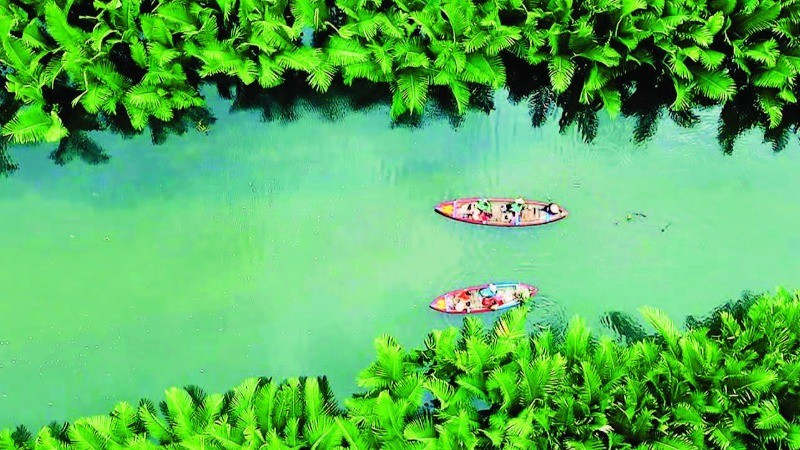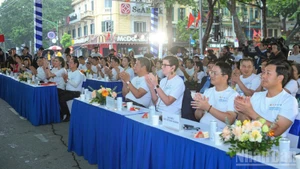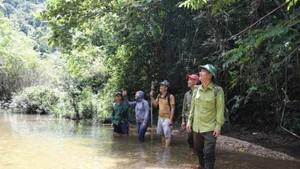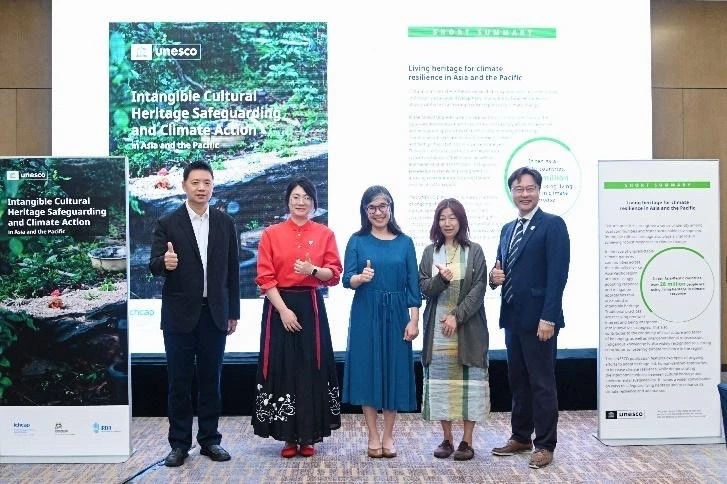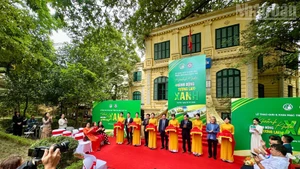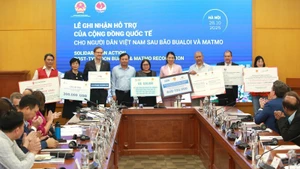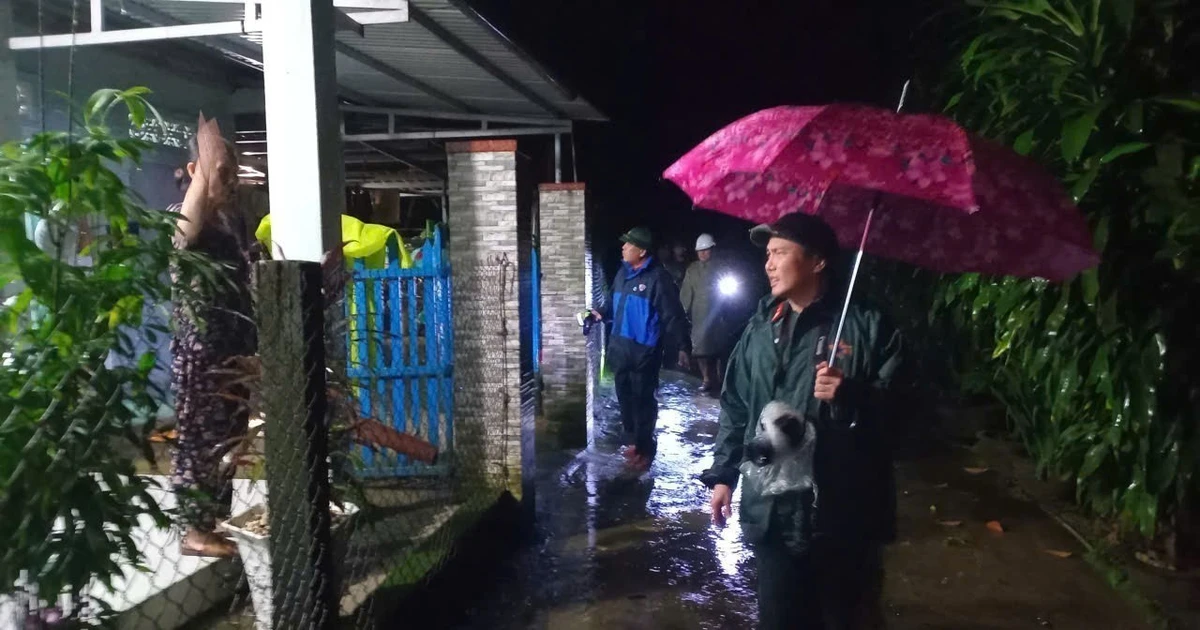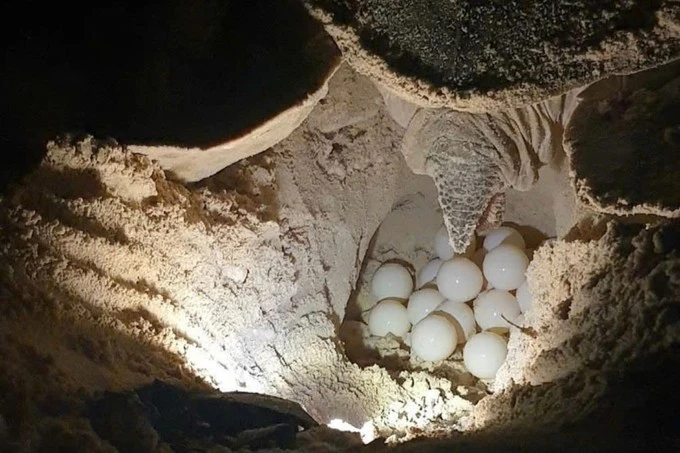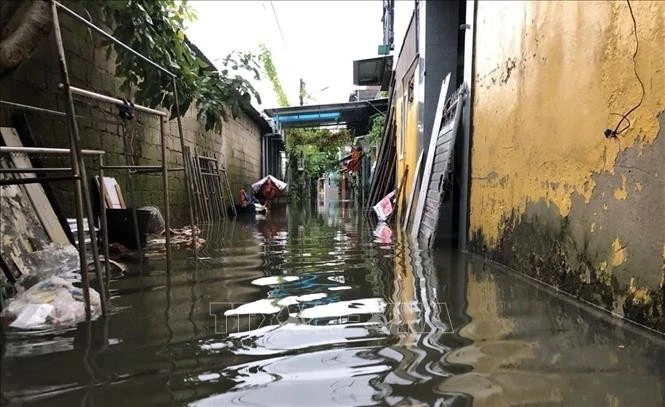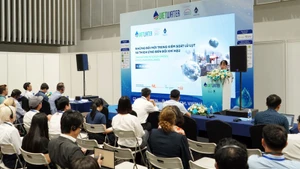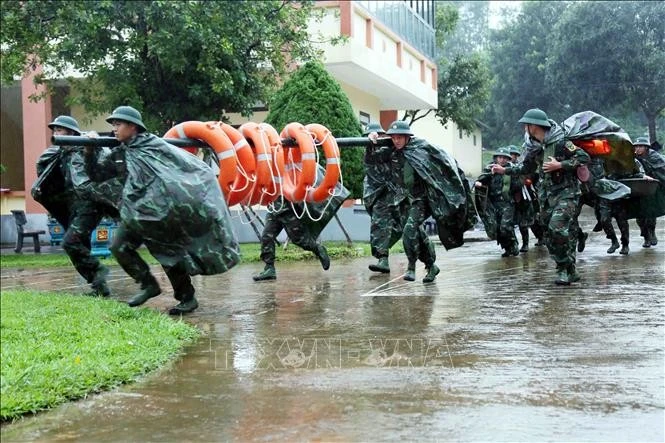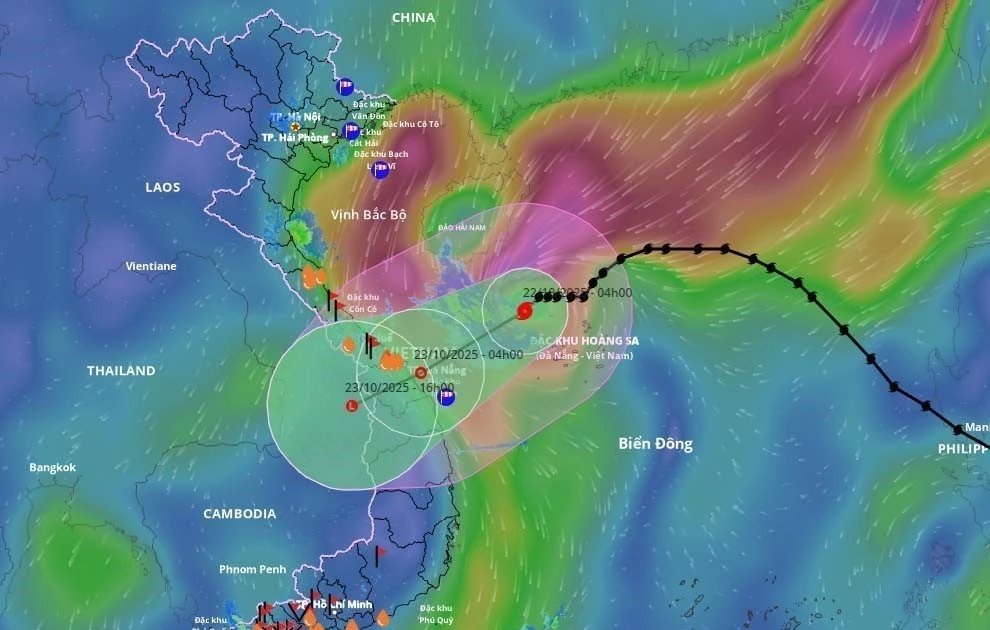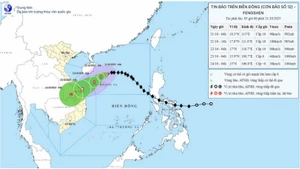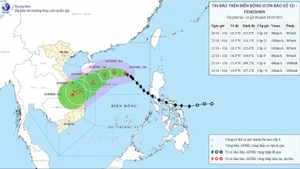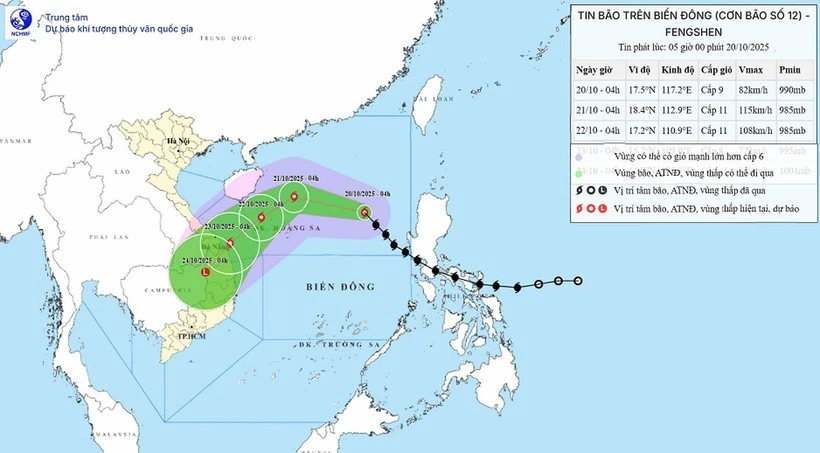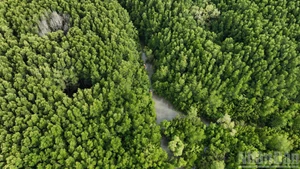With self-awareness and creativity demonstrated through establishing community groups, the model has created a widespread impact, contributing economically, culturally, socially, and environmentally.
According to Le Quang Thich, Chairman of the Union of Science and Technology Associations of Quang Ngai Province, the communes within the Dung Quat Economic Zone still preserve distinctive ecosystems and valuable cultural and indigenous knowledge. Examples include the floating coral reef ecosystem at Ganh Yen (Binh Hai Commune), the Bau Ca Cai mangrove forest (Binh Thuan Commune), and the Ca Ninh nipa palm forest (Binh Phuoc Commune). Amid large-scale and rapid industrialisation and urbanisation in Dung Quat, many challenges have emerged for the environment and ecosystems, including air, water, and soil pollution, deforestation, and the degradation of marine resources, affecting both health and the traditional livelihoods of local people. This reality calls for close cooperation between authorities, businesses, and communities, in which the role of the local population is crucial in environmental protection, ecosystem conservation, and sustainable development.
In 2022, with funding from the United Nations Development Programme (UNDP), the Union of Science and Technology Associations of Quang Ngai Province was authorised to lead and coordinate the implementation of a sustainable livelihood model for coastal communities in Binh Son District. This was achieved by empowering communities to conserve ecosystems and preserve indigenous cultural knowledge in the context of industrialisation and modernisation, particularly in the communes of Binh Hai, Binh Thuan, Binh Phuoc, and Chau O Town.
According to Nguyen Ngoc Tran, Chairman of the People's Committee of Binh Son District, to ensure the model’s effectiveness, the district has recently focused on enhancing the capacity of community groups, supporting them in developing and implementing plans for the protection of aquatic resources and ecosystems, establishing community tourism connection points, allocating matching funds to develop products, and improving OCOP (One Commune One Product) tourism services, thereby improving livelihoods. To date, three community groups have been established: the Ganh Yen Coral Reef Ecosystem Management Group, the Bàu Cá Cái Community Tourism Group, and the Ca Ninh Community Tourism Group.
A notable example is the Bau Ca Cai mangrove forest conservation model, which is managed directly by a 26-member community group. Various livelihood and community tourism activities have since developed, such as boat services, homestays, and local cuisine experiences. In 2024, the Bàu Cá Cái community tourism site welcomed over 12,000 visitors. Since the beginning of 2025, it has received more than 4,000 visitors, representing a significant increase compared to previous years.
The community tourism group at Ca Ninh nipa palm forest includes 17 members offering services for visitors, including boat rides, basket boat tours, canoes, paddle boats, and costume rental. Blessed with natural beauty and its people’s warm, hospitable nature, the area has seen a rising number of tourists. In recent years, the forest has welcomed over 20,000 visitors, generating a total revenue of over 3 billion VND for local households and community-based tourism services.
“The community groups have effectively and creatively applied the tourism development model locally. Notably, they have fostered a strong sense of self-reliance and responsibility among their members to develop and design tourism products and services that meet visitor demands. As a result, tourist numbers have significantly increased, providing local people with additional income. More importantly, the desire to pursue tourism has grown, along with improvements in security, environmental sanitation, and ecosystem protection,” said the Chairman of the People's Committee of Binh Son District.
Providing a comprehensive evaluation of the results and impact of the community-based model for ecosystem and indigenous culture conservation and sustainable livelihood development in coastal areas of the Dung Quat Economic Zone, at a recent workshop hosted by the Quang Ngai Union of Science and Technology Associations, experts, scientists, and policymakers affirmed that the model is uniquely practical. It aims to harmonise ecological, social, and industrial development elements while identifying sustainable livelihood solutions for coastal communities in Binh Son. This is not only an initiative of Binh Son but also carries global significance in shaping a sustainable development model that balances industry, the environment, and society.
Associate Professor Dr Vo Van Minh, Rector of the University of Education (University of Da Nang), noted: “If we continue to apply and promote this model, Dung Quat will not only be an industrial hub but also a distinctive, sustainable social-ecological system—where industrial development goes hand in hand with environmental protection through green growth solutions; community livelihoods improve, and no one is left behind; educational and eco-tourism flourishes, offering experiences that connect nature, culture, and the economy; and agriculture and OCOP products are supported, helping to build strong domestic supply chains.”
Despite encouraging results, the community-based tourism models, while all aimed at conserving ecosystems and indigenous knowledge and contributing to the sustainable development of Binh Son District and Quang Ngai Province, are still in their early stages. Going forward, sustaining and expanding these models presents a significant challenge. Practical and effective solutions must be developed and implemented. The key lies in focusing on developing a local tourism workforce, investing in infrastructure, designing tourism products, offering preferential credit to households participating in tourism, and researching and applying effective marketing policies for community-based tourism.
“Integrating national target programmes within the new rural development strategy, including the OCOP programme, is a sound solution to build on and further develop the results of the model, thereby supporting community tourism groups in achieving long-term sustainability,” emphasised Nguyen Thi Kim Nguyen, Master of Science, from the Institute for Green Technology Development.
